The battlefield situation was developing rapidly and changing rapidly, with orders from superiors: Vung Ro Wharf was preparing to receive the fourth unplanned shipment. After an urgent meeting of the Wharf Command Committee chaired by comrade Tran Suyen, leaders of armed units and the two communes of Hoa Hiep and Hoa Xuan mobilized officers, soldiers, and laborers to quickly return to receive the ship and receive the cargo.
The fourth ship, commanded by Captain Le Van Them, was scheduled to enter Lo Dieu port (Binh Dinh), but was closely monitored by the enemy and encountered unfavorable weather conditions, so it could not dock as planned. The superiors decided to dock at Vung Ro port, in a passive state of the port.
Unexpected Train
The Vung Ro wharf command received orders from the Operations Department (General Staff of the Vietnam People's Army), requesting to prepare people and emergency vehicles to receive the fourth ship.
Major Ngo Van Dinh, former soldier of the K60 wharf protection unit, said: The wharf commander Tran Suyen immediately called a meeting, mobilized forces and deployed a plan to catch the ship. This force included guerrillas from Hoa Hiep and Hoa Xuan communes, and units K60, K64 and K83 (Southern Division) to support.
At 11:00 p.m. on February 15, 1965, the fourth No. 1 ship arrived at Vung Ro.
The memoir of People's Armed Forces Hero Dang Phi Thuong, former soldier of unit K60, wrote: "The fourth ship, number 143, commanded by Captain Le Van Them and Political Commissar Le Van Bang, transported 63 tons of weapons. The port's unloading force worked hard. The unloading was late, and the anchor winch was broken and had to be repaired, so it was even later, and the ship could not go to international waters."
Major Ngo Van Dinh continued: In this unforeseen situation, according to the plan, the wharf and ship command decided to move the ship from Bai Chinh - the place where goods were gathered and unloaded, to nearby Bai Chua - where ship 41 had been successfully hidden in its first shipment. Sailors and officers and soldiers at the wharf quickly camouflaged the ship with many large tree branches that the wharf had prepared and pushed the ship close to the cliff of Bai Chua. From afar, the ship looked like a mountain protruding into the sea. Company K60 took up position to protect the ship and the wharf.
The day passed heavily, nervously and anxiously. All forces were in a state of high combat readiness.
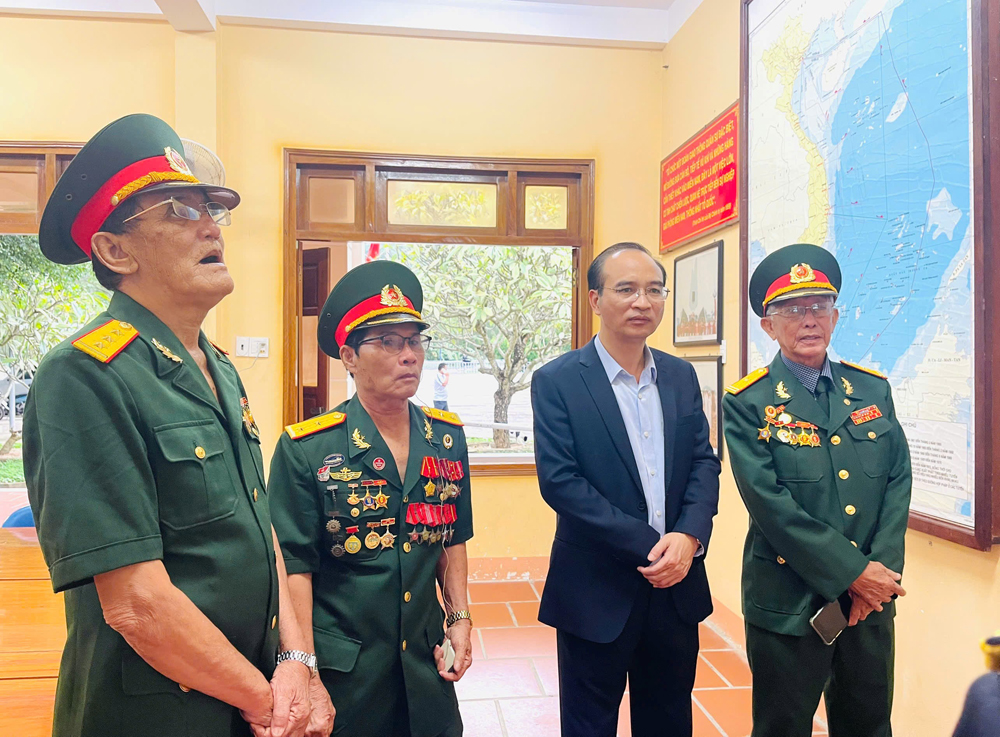 |
| Former soldiers of Company K60 on duty to protect Vung Ro Wharf - the No-numbered ship returned to visit the Vung Ro relic. From left to right: Senior Lieutenant Tong Trong Diem, Lieutenant Ngo Minh Tho, comrades from the Logistics - Technical Department ( Ministry of National Defense ) and Major Ngo Van Dinh, Head of the Liaison Committee of the No-numbered Ship Wharf Vung Ro. Photo: TRAN QUOI |
And the tragic event of Vung Ro
At around 10am on February 16, 1965, two enemy UH1B helicopters on a mission to evacuate the wounded from the Deo Nhong battlefield (Binh Dinh) flew along Bai Mon - Mui Dien. Suddenly, the pilot discovered a "strange mountain peak" at Bai Chua protruding unusually and immediately reported to the Nha Trang command post. At around 11am on the same day, an L19 reconnaissance aircraft circled the Vung Ro area, scanning the Bai Chua area.
At 5:00 p.m. on February 16, 1965, two AD6s - bombers and gunners guided by reconnaissance aircraft - launched rockets into the Bai Chua area. One rocket hit the ship's hiding spot, the camouflage was thrown into the bay, and ship 143 broke in half and sank into the sea. Two enemy naval ships were dispatched to the Hon Nua area, circling continuously throughout the night.
Ship 143 officially exposed.
Lieutenant Colonel Ho Thanh Binh, former Captain of K60 Company, has passed the age of 96 (currently living in Xuan Lanh Commune, Dong Xuan District), is in poor health, but his spirit is still clear, especially when meeting his comrades, recounting the stories of the fiercest years of fighting to protect Vung Ro Wharf and welcome the No-numbered ships. Veteran Ho Thanh Binh recalls: I was reinforced at Vung Ro Wharf on the third ship of Captain Ho Dac Thanh, along with some comrades from Quang Nam . Company K60 consists of 3 platoons and 1 fire squad with full personnel. The main weapons are Malay submachine guns and Trung Chinh rifles.
Given the strategic importance of the “Vung Ro incident”, the US puppets had to send Lieutenant General Vinh Loc - Commander of the 2nd Corps (2nd Military Region of the Saigon Army) to directly command the sweep in Vung Ro. From February 18-24, 1965, the enemy launched a deep sweep into the wharf, mobilized the 47th Regiment and a part of the 22nd Division to reinforce, bombed reinforcements, and landed on Bai Bang and Bai Chinh.
Company K60 and the local army platoon of Tuy Hoa district, Platoon K64 divided into squads and together with local guerrillas, blocked all entrances and exits to the wharf. In the following days, the enemy continued to expand their foothold, and fierce fighting occurred for many days. Guerrillas and soldiers of K60 organized a stretcher to carry comrade Le Van Them, Captain of Ship 143, who was seriously injured, to the cave of the Eastern Base Medical Station.
The forces of the two sides were extremely unequal. The enemy was strong and actively attacked, while our forces were thin and had no long-range firepower, so we mainly focused on defense and prevention. The fighting at Bai Xep, Bung Binh, and Hang Vang was very fierce. The K60 troops, the core unit tasked with protecting the wharf, together with the Hoa Hiep and Hoa Xuan guerrillas, relied on the rugged mountain terrain to fiercely block the enemy from advancing to Hang Vang, where the main warehouse hid weapons. We used explosives to destroy the warehouse and wear down the enemy's strength.
“Company K60, Tuy Hoa District Platoon, Platoon K64 and local guerrillas fought fiercely to protect the ship, protect the wharf, protect the weapons that had been transported ashore... The battle was too unequal in terms of forces and equipment, the enemy fired artillery and landed to sweep. Company K60 had 12 people sacrificed, including 2 close friends from childhood in the same village, Nguyen Van Ba and Le Van Trieu. All that night, I cried, sat and watched over my two friends so that the tigers and leopards would not steal their bodies, waiting for my comrades to come and dig a grave to send them off, filled with emotion and deep hatred...”, Major Ngo Van Dinh emotionally recounted.
Meanwhile, the commune's liberation army and village guerrillas coordinated with Company K83 to block the enemy's advances into the village. The attack on Queo Mountain in Phu Lac village encountered the fierce and heroic fighting spirit of the army and people of Hoa Hiep. The battle lasted for 2 days and nights, extremely fierce, the enemy dropped many bombs, incendiary bombs, fired artillery and even used poison gas. The sweep caused our people much pain and loss, hundreds of people died and were injured, mostly the elderly, women and children; hundreds of houses were burned and collapsed. On the contrary, the enemy could not escape the humiliating defeat, more than 30 people paid the price, including the American advisor and many others were injured, 1 B-57 was shot down.
Faced with our fierce attack, the enemy was forced to retreat, ending the sweep. The remaining weapons in the caves, rocks, and laborers continued to transport them to the rear.
Lieutenant Ngo Minh Tho, former soldier of K60, said: After the incident of ship 143 being exposed, Company K60 temporarily ended its mission of protecting the wharf and was divided into 3 units. Most of the non-commissioned officers and soldiers were assigned to the 10th Ngo Quyen Regiment, a part of the cadres moved to Song Cau, recruited additional soldiers to build a new unit (K60C); the remaining unit remained in the East of Hoa Hiep, continued to research the wharf, and implemented the reception of support from the North in a new way until the liberation of the South and the reunification of the country on April 30, 1975.
| After the “Vung Ro incident”, General Vo Nguyen Giap - Commander-in-Chief, Secretary of the Central Military Commission, ordered to immediately stop the transportation by sea to the South, drawing profound lessons from the superior agencies to the grassroots units to continue to do better. Ship No. 143 being exposed at Vung Ro wharf was a heavy loss in our transportation strategy; a tragic event in the history of the Ho Chi Minh trail at sea transporting weapons to support the South. However, that could not extinguish the will and spirit of the army and people of Phu Yen; officers and soldiers of the Ship No. continued their journey to support the battlefield with a new method to completely defeat the US imperialists, liberate the South, and unify the Fatherland. |
TRAN QUOI - PHAN THANH
Source: https://baophuyen.vn/76/322911/su-kien-vung-ro-khuc-trang-ca-bat-tu.html


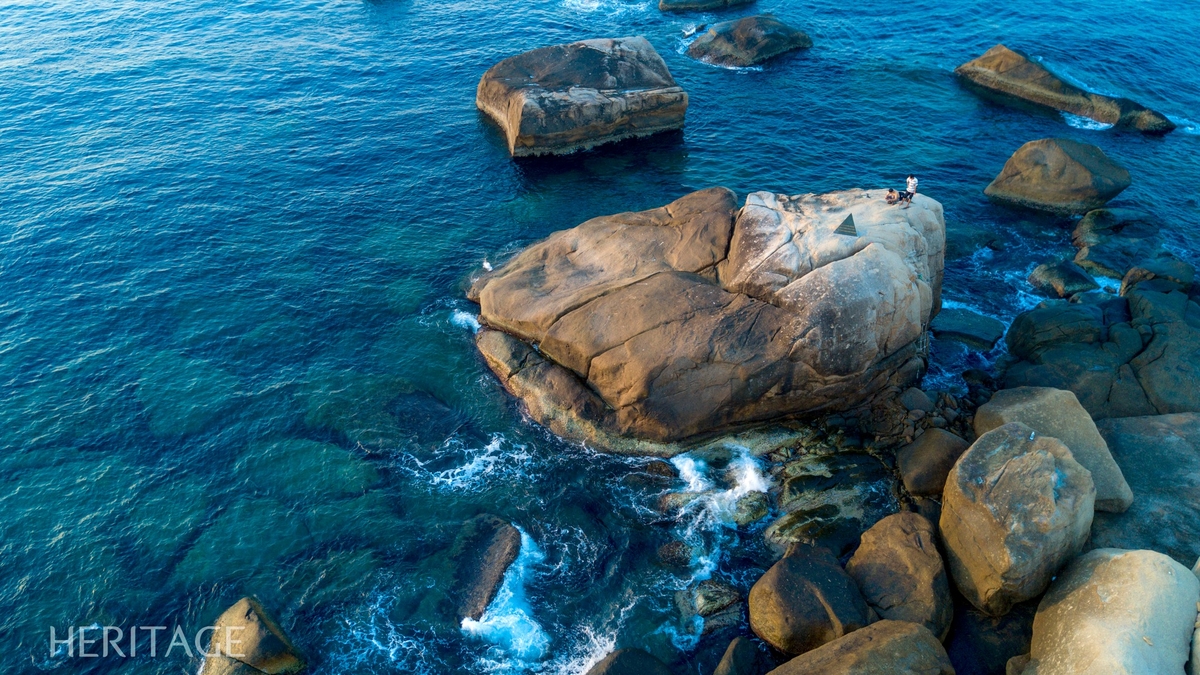

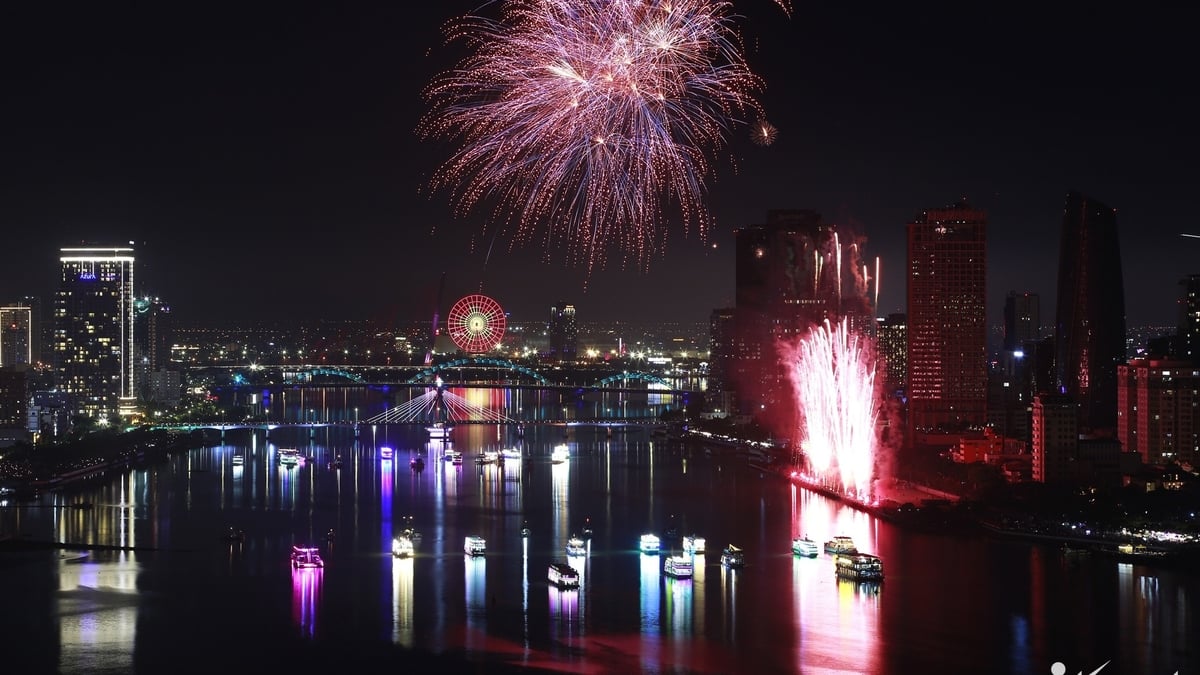
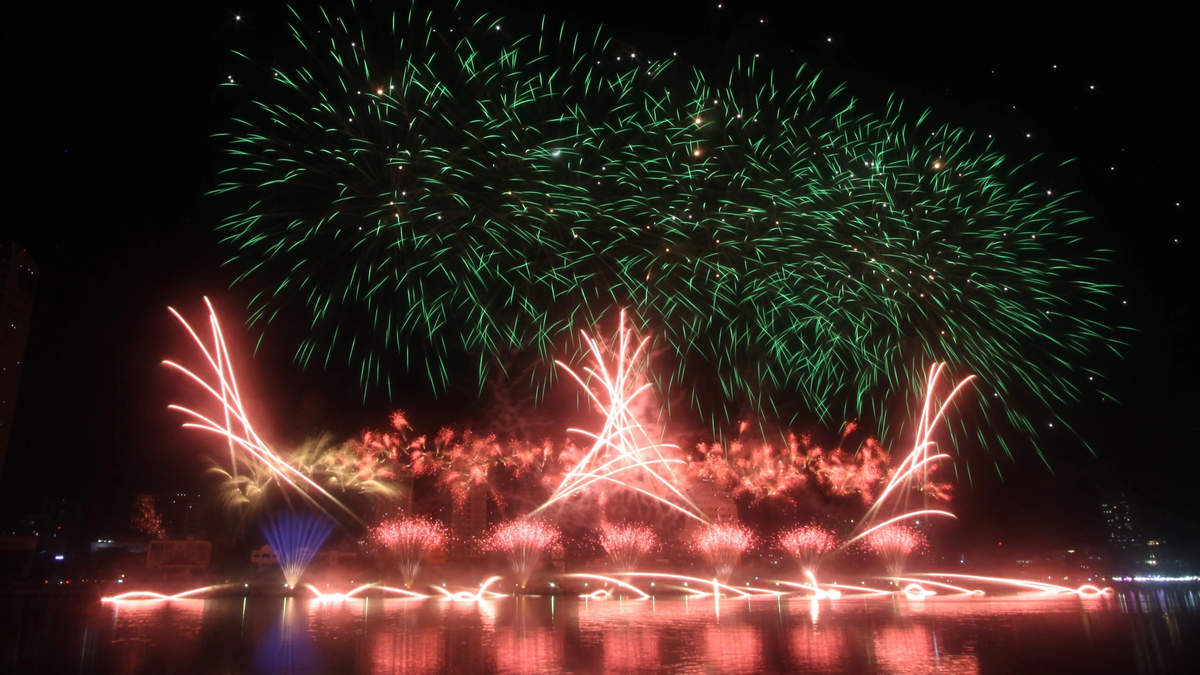
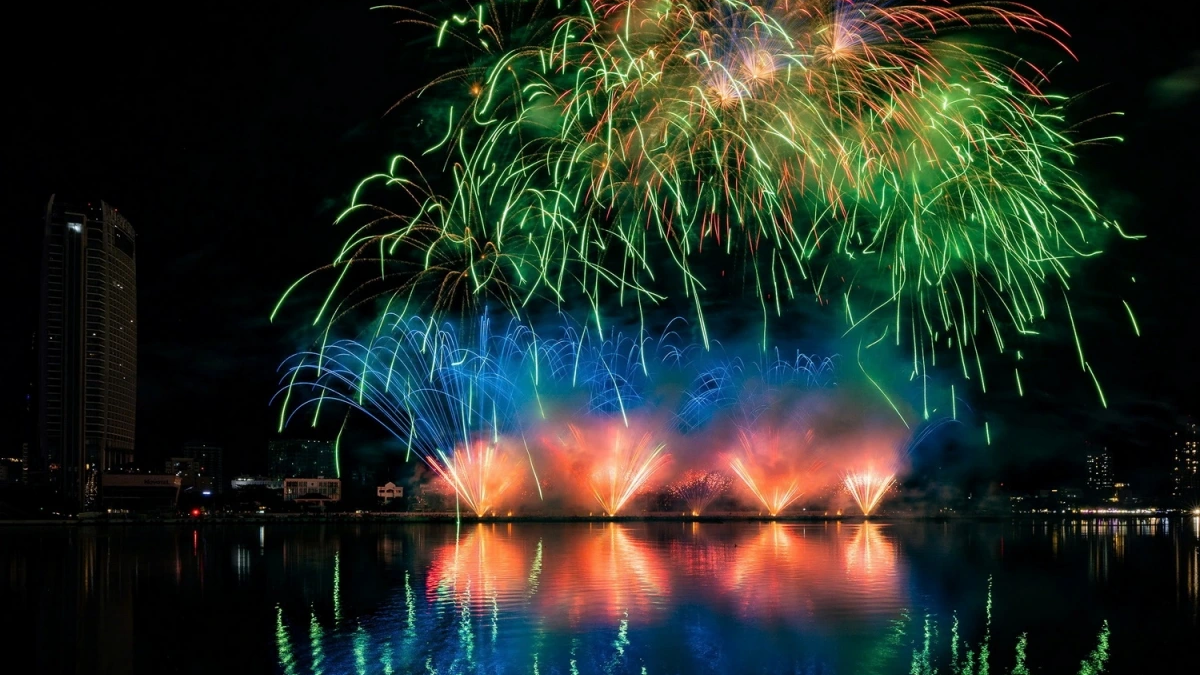
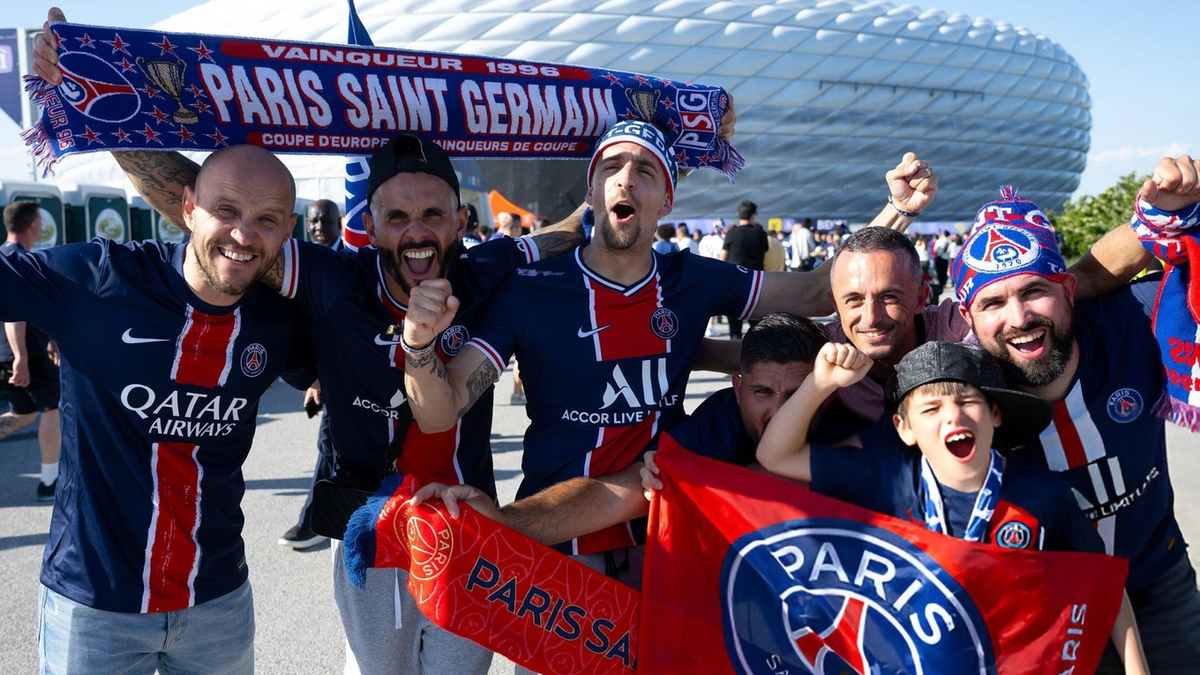




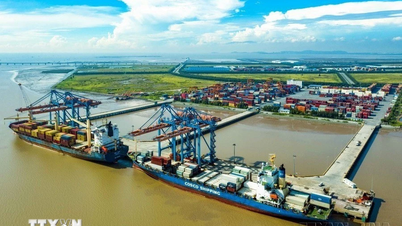





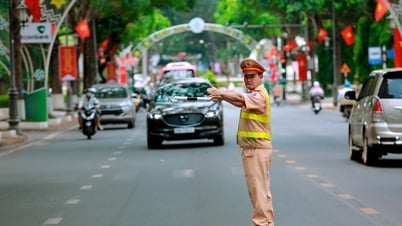
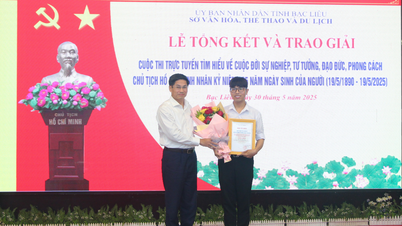
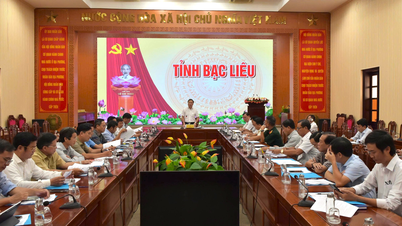
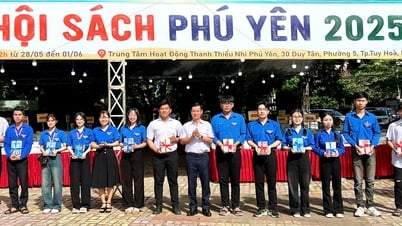


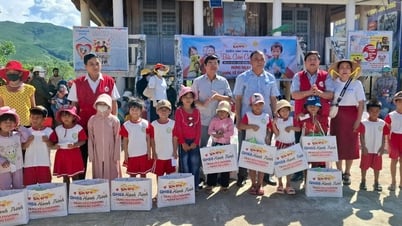



































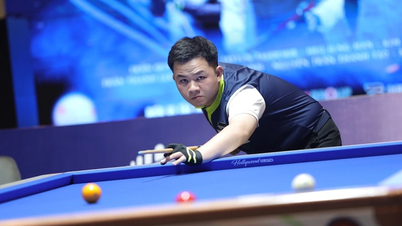
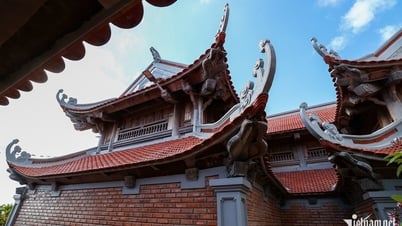



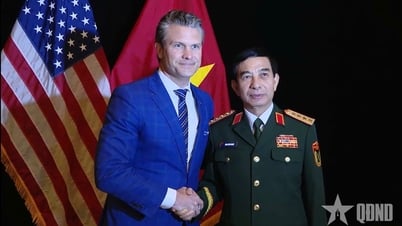












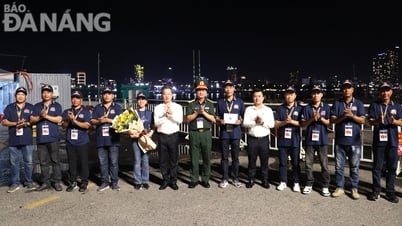

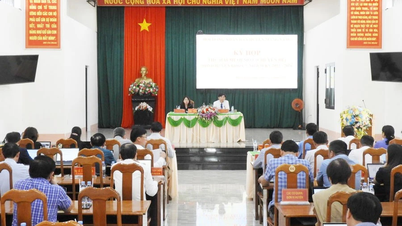

















Comment (0)